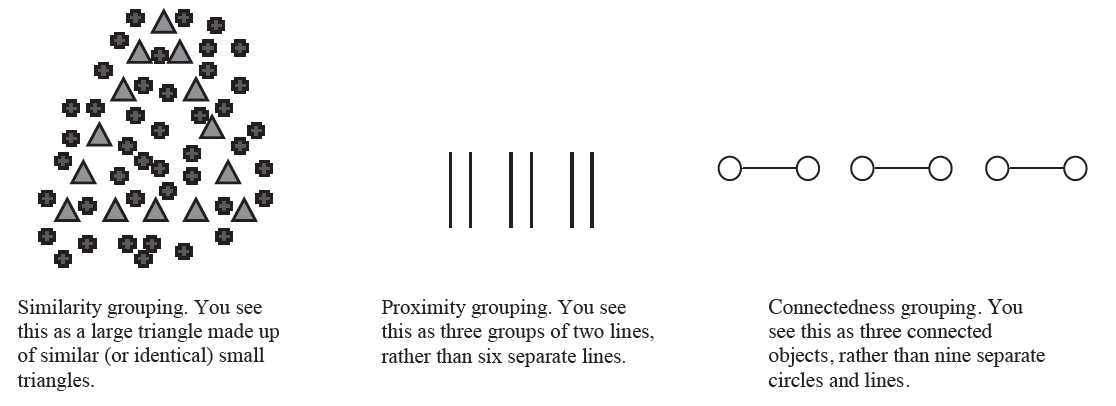


One of the first works of Fractal Art was made in 1904 by a Swedish mathematician named Helge von Koch, and his piece was the so-called Koch Snow Flake. No wonder that at a certain point Jesus said, "I will open My mouth in parables I will say things hidden from the foundation of the world" (Matthew 13:35).Īn image that displays self-similarity is usually called a fractal. In the Book of Exodus for instance, Moses constructs the Tabernacle according to heavenly patterns he observed (Exodus 25:40, Hebrews 8:5), making the tabernacle a self-similarity of something that exists on a different level of complexity, namely heaven. It also happens all over Scriptures and has been studied extensively, most often referred to as type-Theology. Self-similarity has been observed in all fields of research: physics but also biology and even psychology and sociology. It occurs all over nature and many have argued that self-similarity is one of the key natural principles that shape our world the way it is. Hence all snowflakes look alike but no two are exactly identical. Patterns caused by large numbers of elements are alike but never the same. And because no element can be coerced to follow a certain path, no large number of elements will display the exact same pattern as another group. A large number of particles will display a pattern that is near equal to the initial possibilities of a single particle.Ī similar thing is going on here: A large number of elements may form a shape that is derived from the shape of one element.


 0 kommentar(er)
0 kommentar(er)
